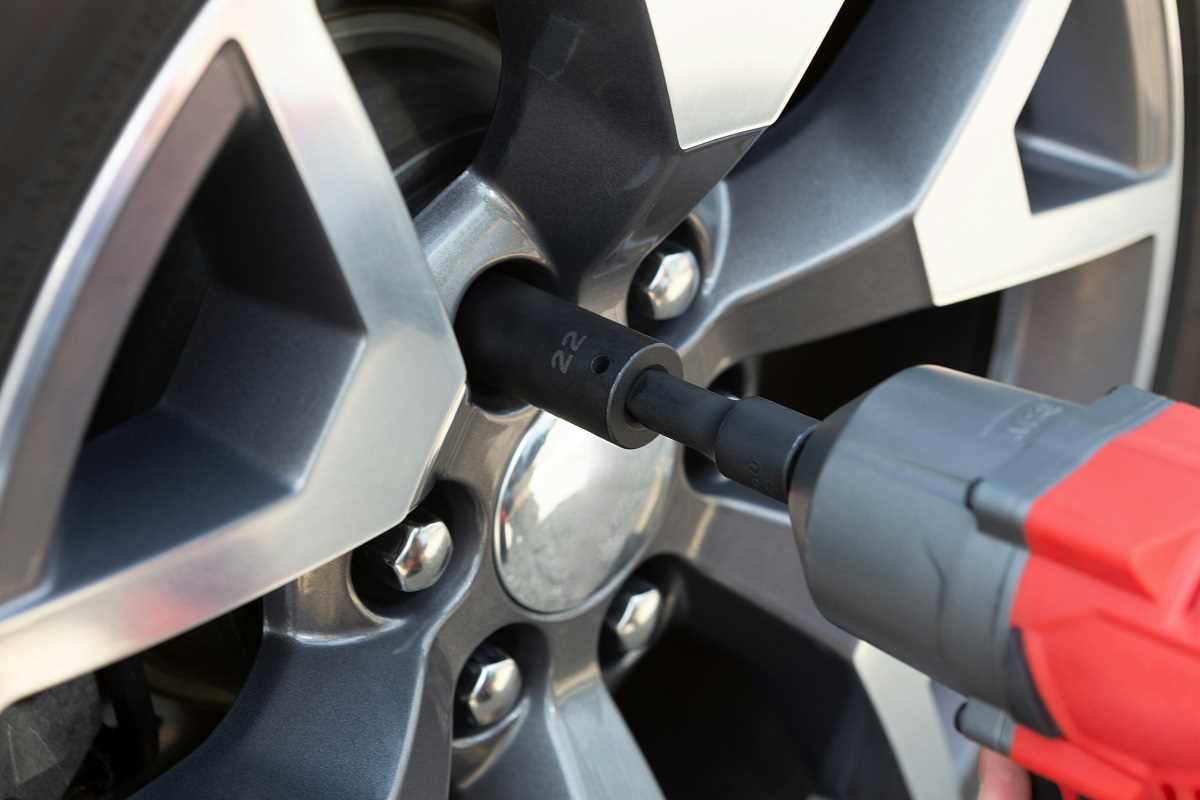We've been talking about tire rotation since the invention of the spare tire, and yet somehow people still screw it up. I've watched my neighbor rotate his tires incorrectly for fifteen years now, and I'm too exhausted to even mention it anymore. The "gold standard" isn't just automotive industry jargon, it's the difference between replacing your tires every 30,000 miles or getting a solid 60,000 out of them. In a world where everything costs more and quality seems optional, proper tire rotation remains one of those small acts of maintenance rebellion against planned obsolescence.
The gold standard for tire rotation involves moving tires in a specific pattern that ensures even wear across all four (or sometimes five) tires. Most vehicles follow either a cross pattern or a front-to-back pattern, depending on whether your car is front-wheel, rear-wheel, or all-wheel drive. The pattern matters because your front tires typically wear differently than your rear tires due to steering, braking, and the weight distribution of your vehicle. When done correctly, this rotation extends the life of your tires, improves fuel efficiency, and provides better traction in various driving conditions. When done incorrectly, you might as well throw money directly into your engine and set it on fire.
Most manufacturers recommend rotating your tires every 5,000 to 8,000 miles, though your vehicle's manual probably has some very specific number that nobody ever remembers. This interval coincides nicely with oil change schedules for most vehicles, making it convenient to handle both maintenance tasks simultaneously. Yes, I know your quick-lube place offers tire rotation as an add-on service, and yes, I know it feels like they're just trying to upsell you on something unnecessary. But unlike the cabin air filter they wave in your face that "looks like it came from Chernobyl," tire rotation actually matters.
Understanding Tire Wear Patterns
Front and rear tires wear differently because they perform different jobs, much like how my knees and back gave out at different rates after I hit 40. Front tires on front-wheel-drive vehicles carry more of the vehicle's weight and handle the forces of steering, acceleration, and most of the braking. This causes them to wear more quickly and often in different patterns than rear tires. Rear tires typically wear more evenly but can develop their own issues, especially if alignment is off or if the vehicle frequently carries heavy loads.
Diagonal wear across the tread indicates alignment issues that won't be solved by rotation alone. Cupping or scalloping (those weird dips in the tread pattern) suggests suspension problems or balance issues. Center wear means your tires are over-inflated, while wear on both edges indicates under-inflation. I've made both mistakes, usually on the same road trip, because gas station air pumps are apparently calibrated by monkeys with etch-a-sketches.
The gold standard rotation helps distribute these wear patterns across all tires, essentially giving each tire a chance to experience different positions on the vehicle. This is particularly important for all-wheel-drive vehicles, where significant differences in tire circumference (due to uneven wear) can actually damage the drivetrain. Those AWD systems don't just cost more upfront, they'll keep extracting their premium through maintenance if you neglect proper rotation.
Economic Benefits of Proper Rotation
Many tire warranties require proof of regular rotation to remain valid. Skip those rotations, and you might void the warranty that would have covered a premature tire failure. Nothing quite like the feeling of having to pay full price for a replacement because you skipped a $25 rotation service.
When you follow the gold standard, you're also more likely to catch other vehicle issues early. During rotation, a good technician might notice worn suspension components, brake issues, or alignment problems before they become major expenses. Think of it as preventative medicine for your car, except unlike human preventative medicine, you actually know it's working.
DIY vs. Professional Rotation
If you're comfortable with basic automotive maintenance, DIY tire rotation can save you money and give you greater control over your vehicle's maintenance schedule. You'll need a jack, jack stands (please, for the love of all that is holy, use jack stands), a lug wrench, torque wrench, and some basic knowledge of your vehicle's rotation pattern. The process isn't complicated, but it does require attention to detail and safety consciousness. Nothing ruins a weekend faster than having your car fall on you.
Here's what a basic DIY rotation involves:
- Loosen the lug nuts while the tire is still on the ground (but don't remove them yet)
- Jack up the vehicle and secure it on jack stands
- Remove the tires and move them according to the proper pattern for your vehicle
- Install each tire in its new position, hand-tightening the lug nuts
- Lower the vehicle and torque the lug nuts to specification in a star pattern
- Check and adjust tire pressure for all tires
Professional rotation, while more expensive, offers several advantages. Professionals have hydraulic lifts that raise the entire vehicle at once, making the process faster and safer. They're also trained to spot related issues like alignment problems, worn suspension components, or brake wear. Most shops will also balance the tires during rotation, which helps prevent vibration and uneven wear.
The time factor is significant as well. A professional can rotate your tires in 15-30 minutes, while a DIY job might take an hour or more, especially if you're not experienced. Factor in the cost of buying proper equipment, and the professional service starts looking more reasonable, especially if you live in an apartment or don't have a good workspace. Not all of us have pristine garages with epoxy floors and tool chests organized by the Container Store.
Whether you choose DIY or professional service, the important thing is adherence to the gold standard for your specific vehicle. The pattern matters, the inspection matters, and most importantly, the regularity matters. Consistency is key to getting the maximum benefit from rotation.
Following the gold standard for tire rotation isn't just about extending tire life, it's about safety, performance, and saving money. It's one of those maintenance items that pays you back multiple times over, both in direct savings and in prevented problems. In a world where we're constantly being told to upgrade, replace, and buy new, there's something satisfying about getting the absolute maximum value from something as simple as your tires. Just rotate them properly, for crying out loud. Your future self will thank you when you're not standing on the side of the highway with a blown tire, wondering where it all went wrong.
 (Image source: Midjourney)
(Image source: Midjourney) 
.jpg)




